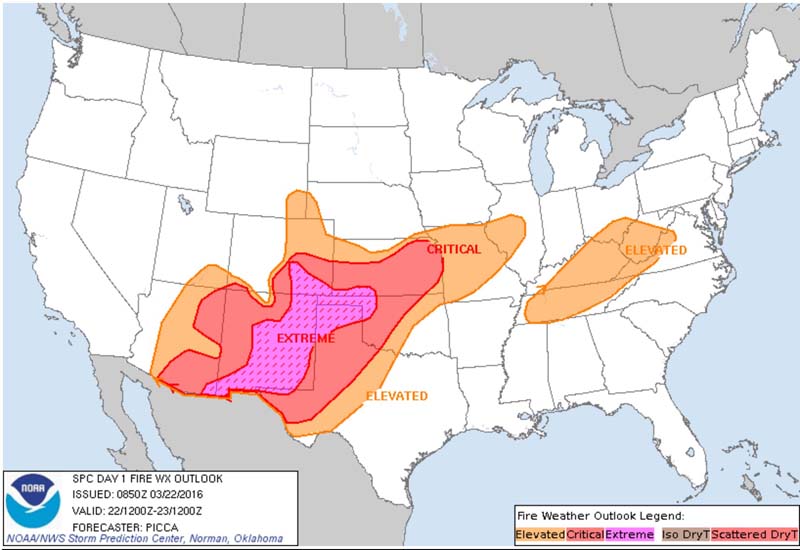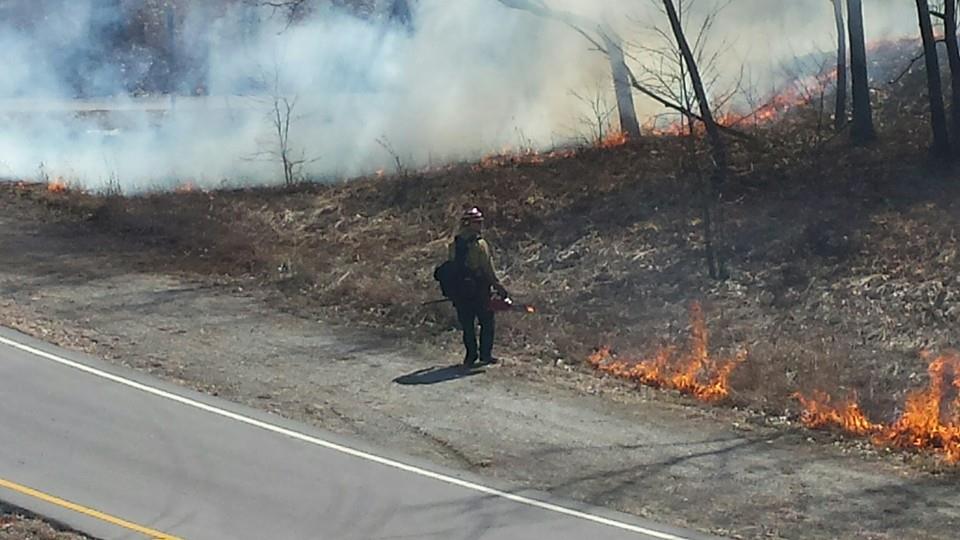Above: South Kaibab Trail in the Grand Canyon – Panorama Point. NPS photo by Michael Quinn
The Huffington Post in a lengthy article by Kathryn Joyce describes what appears to be a stunning culture of serious sexual harassment being virtually tolerated in some locations within the National Park Service and the U.S. Forest Service. Ms. Joyce describes numerous disturbing examples of female employees, including a wildland firefighter, being aggressively degraded and humiliated with little if any repercussions for the assailant. In some cases the victims were fired.
There is no accusation that this atmosphere exists throughout the USFS and NPS, but it is disturbing that so many examples are given where high level management made very poor choices, allowing the unacceptable actions to continue and later affect more employees.
An illustration of the abuse is how Cheyenne Szydlo was treated on a Colorado River trip in Grand Canyon National Park. As a wildlife biologist she had to be there to hunt for the Southwestern willow flycatcher, a tiny endangered songbird that historically had nested on the river but hadn’t been seen in three years. Her supervisor believed the bird was locally extinct. It was just Ms. Szydlo and the boatman, a male National Park Service employee, at the bottom of the canyon for nine days, with no way to escape and no cell phone coverage. Even if she hiked a mile up to the canyon rim she would be in the middle of the desert with little if any food or water. The sexual harassment she endured from the boatman, explained in detail in the article, was harrowing and got worse every day.
Ms. Szydlo was not the only victim while working along the Colorado River in the Grand Canyon.
…“What happened to [Lynn] was the most horrifying thing I’d ever seen,” said Chelly Kearney, who had made her own efforts to draw attention to the treatment of women on the river. About a year after she resigned in 2012, she wrote a 29-page letter to Grand Canyon Chief Ranger Bill Wright documenting multiple instances of harassment, assault and retaliation and describing a culture that protected male harassers while allowing victims to be targeted for retaliation. The Park Service requested a formal EEO investigation, but the final report was never distributed beyond the uppermost level of park management and no disciplinary actions were taken.
Following Lynn and Anne’s dismissals, Kearney tried again. She forwarded her letter to [Grand Canyon National Park Superintendent David] Uberuaga, writing that she had witnessed a “disturbing and pervasive level of hatred” toward Anne and her boss and that Anne should be protected by federal whistle-blower laws. She received a brief response from Uberuaga thanking her for her concern…
The stories in the article are horrifying — that federal employees on, and off the job, could be so mistreated by their fellow workers. But even worse, in too many cases nothing significant was done to curtail the harassment. Some victims were fired for reporting it, or had to resign in order get away from an untenable or unsafe situation.
Finally the NPS initiated a high level investigation that lasted for a year and a half. This occurred only after the complaints got the attention of Sally Jewell, the Secretary of the Interior, one level below the President. Twelve women wrote to her requesting a formal inquiry into the “pervasive culture of discrimination, retaliation, and a sexually hostile work environment” in the River District of Grand Canyon National Park.
This January the Department of the Interior’s Office of Inspector General announced that it had “found evidence of a long-term pattern of sexual harassment and hostile work environment” in the Grand Canyon’s River District.
This is not, of course, an indictment of the entire NPS or USFS organizations. At most locations, we hope, the culture does not permit harassment. Or if it is reported, it is dealt with immediately and fairly. But obviously, as reported by Ms. Joyce, there is still work left to do.
Thanks and a tip of the hat go out to Jim.











